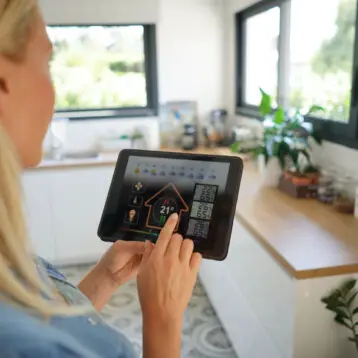|
Essentially, there are two aspects necessary to generate power from sunlight: a bacteria contained antenna that can harvest light and a light driven catalyst. The future vision for the project includes artificial leaves produced in nano-scale that can use sunlight to generate power and clean energy.
The team first took to designing an artificial photosynthesis system. Light harvesters can be found in green leaves, algae and bacteria. The fastest of the three is bacteria called chlorosomes, which are made up of chlorophyll molecules. The team adapted the alga, Spirulina to structurally replicate pigments of the bacteria.
The process of developing their artificial antenna was though a combination of solid state NMR (nuclear magnetic resonance), which enabled them to penetrate deeply into the molecules, and X-ray diffraction that was utilised to determine the overall structure of the antenna.
The NMR process is a microscopic method to segregate molecules from a material. The nuclei of the atoms in the molecule are resonated using radio waves. The process creates a sensitive environment around the material enabling the resonances to jump between atoms and molecules. The X-ray diffraction is then used to produce a regular on-off pattern through the waves reflected during the scattering of X-rays.
|
The two processes together produce a model of packing and symmetry of the artificial leaf structure. “Nanotechnology and supramolecular systems are becoming increasingly important, but it is very difficult to determine their structure. So-called examples are frequently made that give a schematic indication of what their structure could be.” De Groot mentions. The teams’ next task is to imitate the characteristics of the bacteria into this semi-synthetic light antenna.
TFOT has previously written about how Sony makes sugar-powered batteries using principles found in living organisms. Batteries showed the ability to produce 50 milliwatts. You can also check out our article about converting wastewater into clean energy using a blue-green algae to decontaminate wastewater while creating a viable source of clean energy at the same time, and also read more on an air-fueled battery from the University of St. Andrews, the innovative air-fueled battery that has ten times the energy of conventional batteries.
Additional information on the artificial leaf can be obtained at Leiden University’s website.












